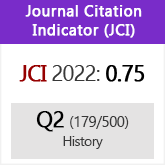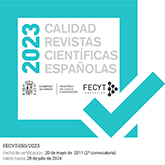Los factores zootécnicos en la crisis de la trashumancia castellana
DOI:
https://doi.org/10.3989/hispania.2007.v67.i227.71Keywords:
Economic History, Cattle-raising, Transhumance, Wool, Castile, Eighteenth Century, Nineteenth CenturyAbstract
This article has a double purpose. First, it intends to give a detailed study of the practices during the 18th century, in relation with managing the reproduction of the migrating cattle. The knowledge of these practices is essential to understand how the cattlemen could adjust the volume and quality of their wool production, and therefore the size and make up of their cabins, according to the fluctuations of the wool demand and the conditions of the pasture markets. Secondly, it intends to propose a reconsideration of the importance that the abandonment of these practices had in the unleashing and outcome of the profound crisis that affected the Castilian transhumance at the end of the first third in the 19th century.
Downloads
Download data is not yet available.
Downloads
Published
2007-12-30
How to Cite
Pérez Romero, E. (2007). Los factores zootécnicos en la crisis de la trashumancia castellana. Hispania, 67(227), 1041–1068. https://doi.org/10.3989/hispania.2007.v67.i227.71
Issue
Section
Studies
License
Copyright (c) 2007 Consejo Superior de Investigaciones Científicas (CSIC)

This work is licensed under a Creative Commons Attribution 4.0 International License.
© CSIC. Manuscripts published in both the printed and online versions of this Journal are the property of Consejo Superior de Investigaciones Científicas, and quoting this source is a requirement for any partial or full reproduction.All contents of this electronic edition, except where otherwise noted, are distributed under a “Creative Commons Attribution 4.0 International” (CC BY 4.0) License. You may read here the basic information and the legal text of the license. The indication of the CC BY 4.0 License must be expressly stated in this way when necessary.
Self-archiving in repositories, personal webpages or similar, of any version other than the published by the Editor, is not allowed.














